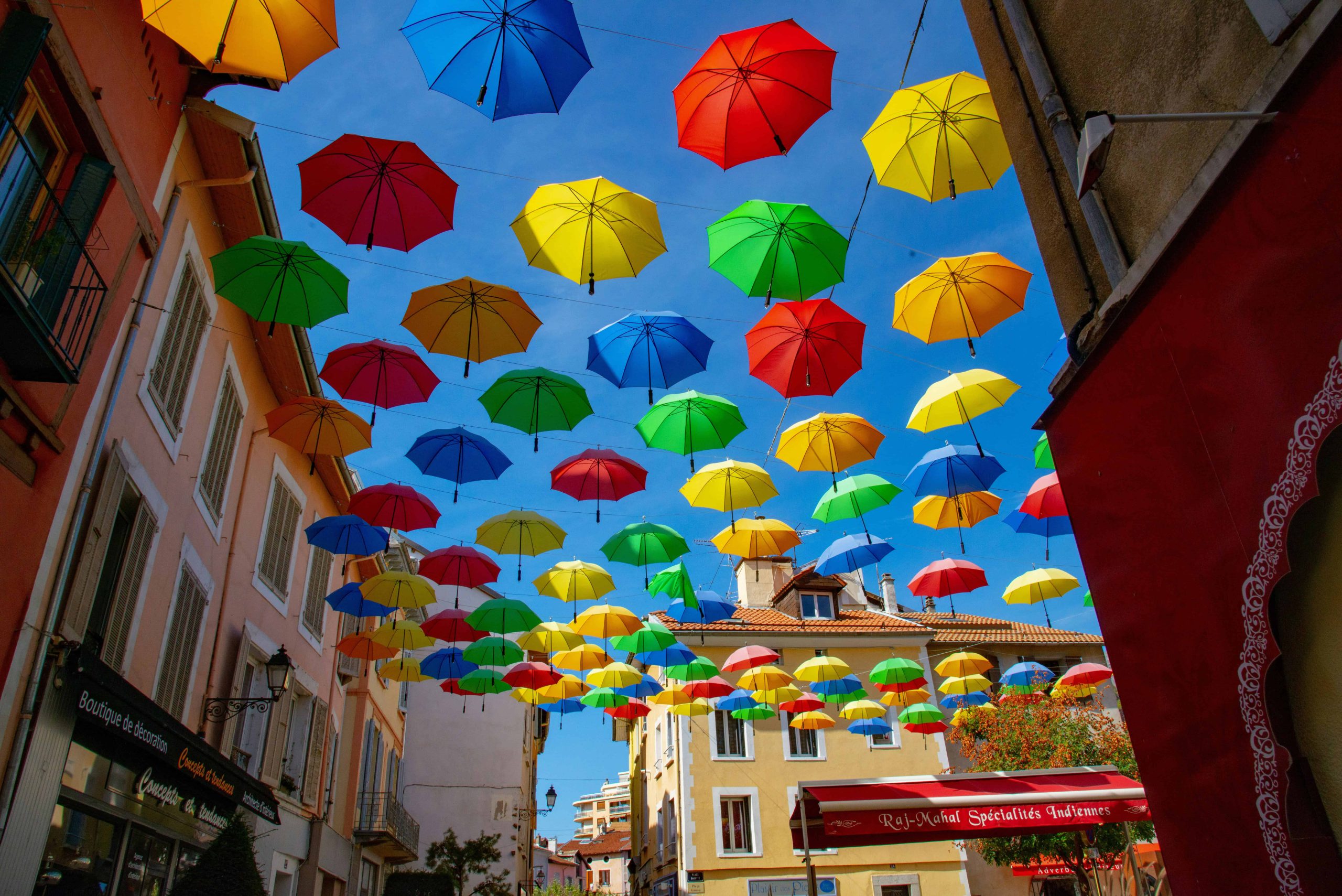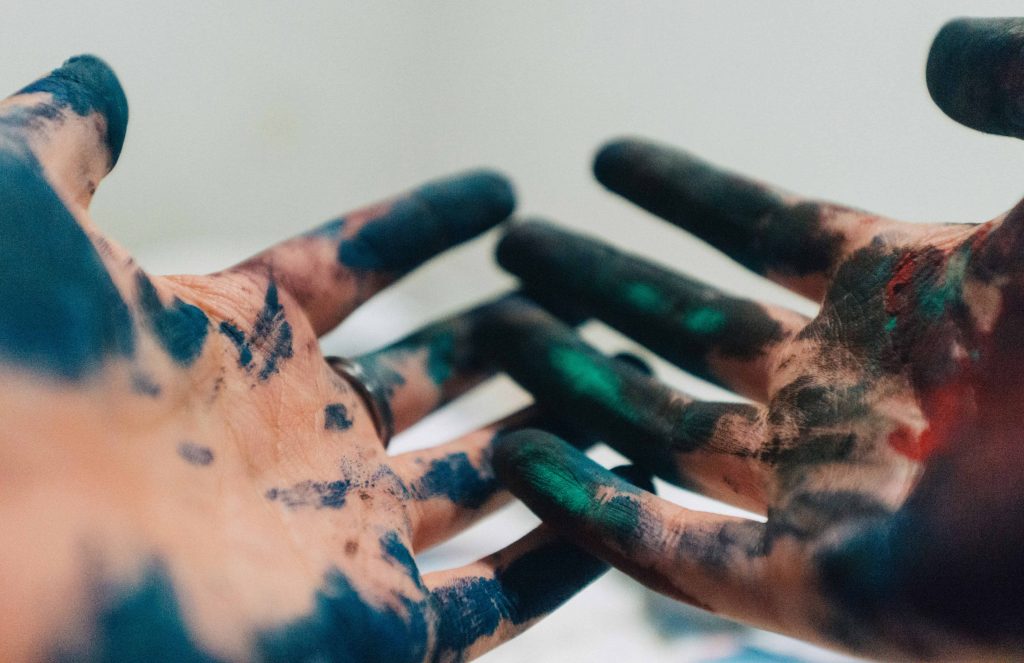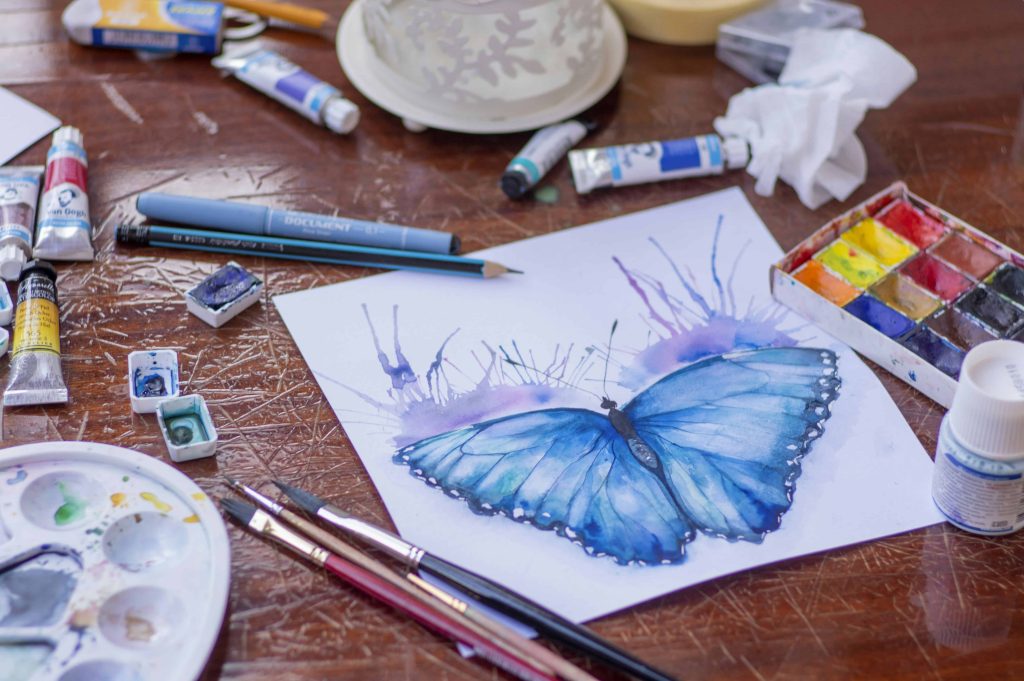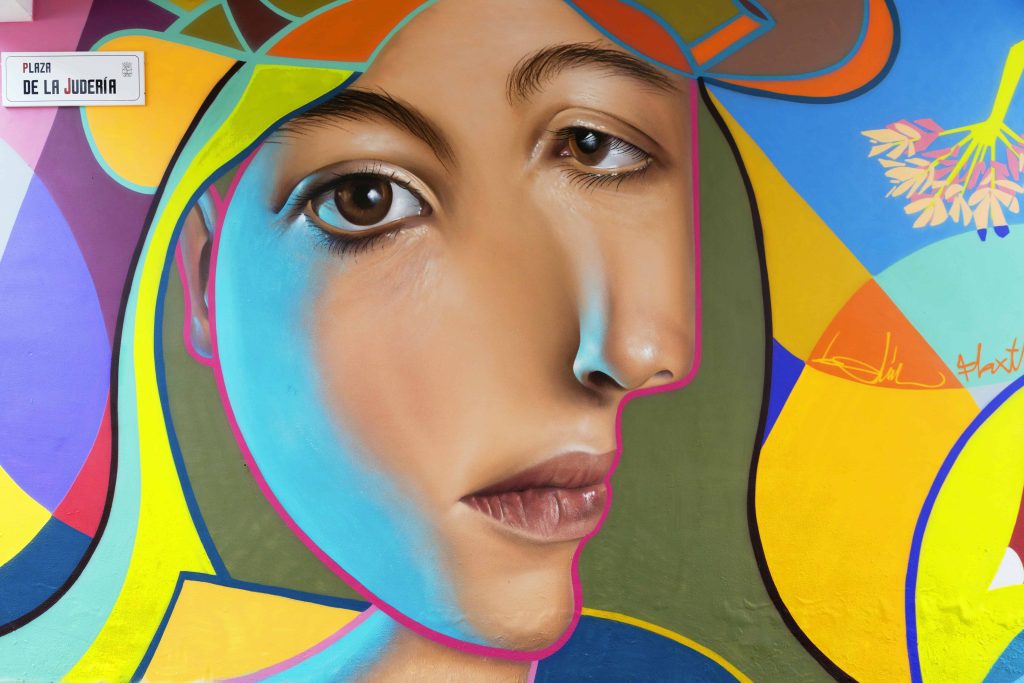
12 Jul Feminism and Gender Representation in Art
Feminism and Gender Representation in Art: Breaking Boundaries and Inspiring Change
In the realm of art, the portrayal of gender has long been a subject of scrutiny and debate. From the classical works of the Renaissance to contemporary pieces, the representation of women and men has often reflected and reinforced societal norms and power dynamics. However, the emergence of feminism has sparked a revolution in the art world, challenging traditional narratives and advocating for greater gender equality and representation.
Feminism, at its core, seeks to dismantle gender-based oppression and advocate for equality between the sexes. In the context of art, feminism underscores the importance of representing women authentically and inclusively, both as creators and subjects. Historically, women have been marginalized in the art world, facing obstacles in gaining recognition as artists and often depicted in ways that perpetuate stereotypes and objectification.

How Art Has Traditionally Represented Gender
Traditionally, art has predominantly been created through the lens of the male gaze, perpetuating a narrow and often objectifying view of women. Women were frequently portrayed as passive objects of desire, their identities subsumed by male artists’ interpretations. Conversely, men were depicted as powerful and dominant figures, reinforcing patriarchal structures. Furthermore, women artists faced systemic barriers, with their work frequently overlooked or dismissed in the male-dominated art establishment.

The Rise of Feminist Art
The feminist art movement emerged in the 1960s and 1970s as a response to these entrenched inequalities. Grounded in principles of activism and empowerment, feminist artists sought to challenge existing stereotypes, amplify women’s voices, and provoke social change through their work. They employed diverse techniques, from reclaiming traditional female crafts to performance art, to subvert dominant narratives and address pressing social issues such as reproductive rights and domestic violence.

The Role of Art in Addressing Feminism and Gender Representation
Art serves as a powerful tool for raising awareness about gender inequality and challenging societal norms. Through their creations, women artists reclaim agency over their bodies and experiences, offering alternative narratives that defy traditional gender roles. Artistic expression provides a platform for marginalized voices to be heard and validated, fostering empathy and understanding across diverse perspectives. Moreover, art has the potential to inspire collective action, catalyzing movements for social justice and gender equality.

Conclusion
In conclusion, the conversation surrounding feminism and gender representation in art continues to evolve, fueled by the ongoing efforts of artists, scholars, and activists alike. While progress has been made, challenges persist, and the need for feminist art remains as urgent as ever. By interrogating and dismantling existing power structures, feminist art has the power to transform not only the art world but society at large, paving the way for a more inclusive and equitable future.
Key Takeaways
- Feminist Challenge to Traditional Gender Representation: Feminist art challenges traditional gender representations in art, advocating for authentic and inclusive portrayals of women and men.
- Historical Marginalization of Women in Art: Historically, women artists faced marginalization, and their work was often overlooked or dismissed in the male-dominated art establishment.
- Rise of Feminist Art Movement: The feminist art movement emerged in the 1960s and 1970s, aiming to challenge stereotypes, amplify women’s voices, and provoke social change through diverse artistic techniques.
- Art as a Tool for Social Change: Art serves as a powerful tool for raising awareness about gender inequality, offering alternative narratives, validating marginalized voices, and inspiring collective action for social justice and gender equality.
- Ongoing Evolution of Feminism in Art: The conversation surrounding feminism and gender representation in art continues to evolve, with ongoing efforts by artists, scholars, and activists to dismantle existing power structures and pave the way for a more inclusive and equitable future.
FAQs
How has art traditionally represented gender?
Traditionally, art predominantly reflected the male gaze, portraying women as passive objects and reinforcing stereotypes. Female artists faced barriers in the male-dominated art world, perpetuating narrow gender roles.
What is feminist art, and how does it challenge traditional narratives?
Feminist art emerged in the 1960s and 1970s to challenge gender inequalities. Artists aimed to amplify women’s voices, subvert stereotypes, and address social issues using diverse techniques like performance art and reclaiming traditional crafts.
What role does art play in addressing feminism and gender representation?
Art serves as a powerful tool for raising awareness about gender inequality and challenging societal norms. Women artists offer alternative narratives, validate marginalized voices, and inspire collective action for social justice and gender equality.
Gain a deeper appreciation for the role of public art in fostering cultural identity, civic pride, and a sense of place within urban environments.

